By Heather Scott-Molleda, Senior Director of Communications
Waking before dawn, people living in the Andes in northern Peru, often must walk many miles to get a ride into the town of Chulucanas—a drive of four or five hours—just for the opportunity to get basic medical care from visiting U.S. doctors.
The Sisters of Mercy have led teams of volunteers to Peru for decades, part of a mission that began when sisters in the region saw the dire need to minister to the healthcare needs of the poor especially in the farming villages of the sierra, the highland region. They recruited friends from Philadelphia-area Mercy hospitals to help address those needs.
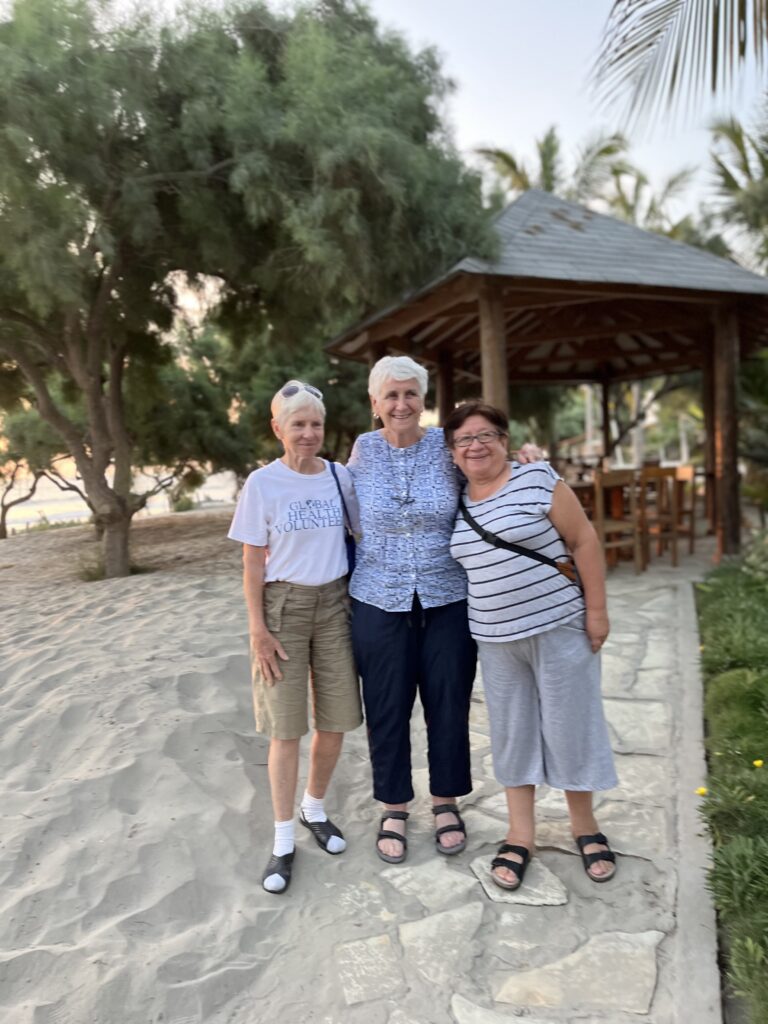
The legacy continues to this day, now led by Sister Mary Jo McGinley, with the help of Chulucanas-based Sisters Mary Ellen “Marielena” McKenna and Roxana Contreras Novoa, as they work tirelessly with local partners to fill in the gaps in medical services for these underserved communities.
Mary Jo has been running the program for nearly 20 years, succeeding Sister Betty Scanlon. Like many Sisters of Mercy, she is a force of nature who runs a tight ship. She makes sure medicines are organized and ready for the providers, and that every team, from intake to ob-gyn to pharmacy, is ready to hit the ground running when the patients arrive. Everyone, including the doctors, helps to count pills, paint or carry supplies from the warehouse.
She says one goal of the missions “is to give each of our volunteers an opportunity for personal transformation.”
“We’re all here because of Sister Mary Jo,” said Dr. Brian D’Arcy, a cardiologist from Buffalo, New York. He first came to Peru with his Spanish-speaking son and has returned multiple times.
The doctors, nurses and other volunteers, who have given their time and paid their way to Peru, remain enthusiastic and in good spirits despite the often oppressive heat, as well as the red dust and ever-present motorcycle exhaust that make for a cough-inducing combination.
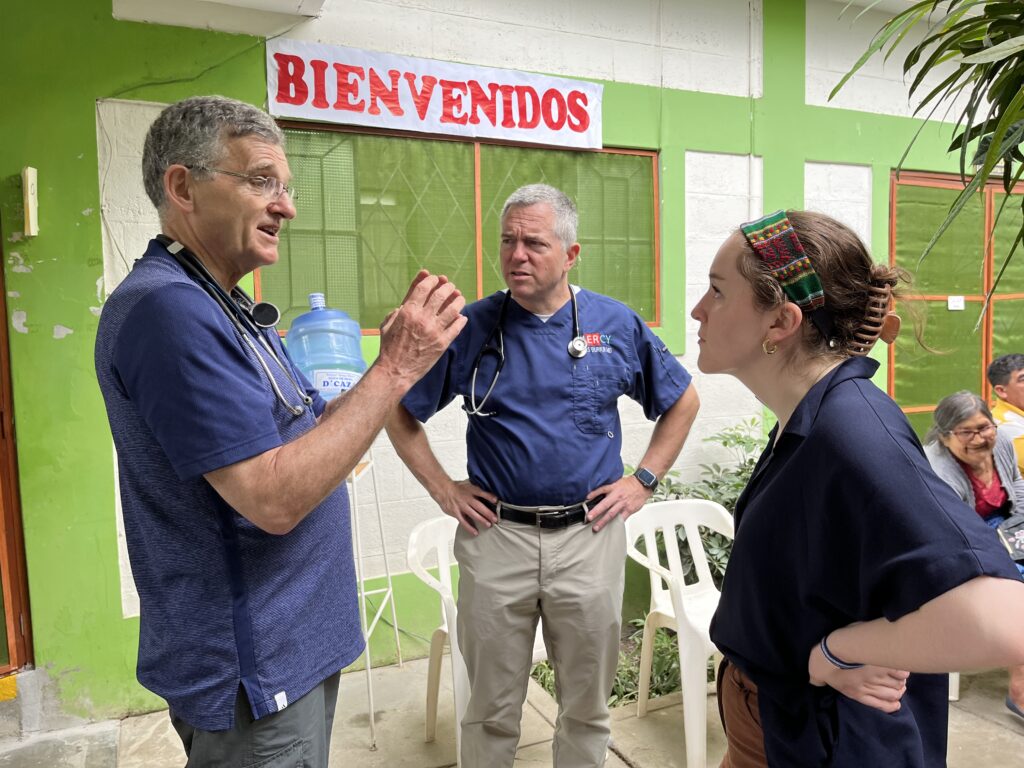
Sister Maria Anto Pasache, who runs the Centro Betania ministry in Chulucanas, makes sure the volunteers are well fed throughout their stay.
Mary Jo said “life changing” is the comment she hears most often from volunteers, which explains why so many come back year after year. On the most recent trip in June, some of the veterans could tally their visits in the double digits.
The work can be heart-wrenching, but they keep coming back because the joys outweigh the disappointments and the impact of their efforts often is immediate, in big ways and small.
One man limped in on home-made crutches of welded pipes. For five years he had been unable to walk despite numerous surgeries because his broken leg had never healed following an accident. But he was able to stand and take steps after he was fitted for a walking boot. That success prompted cheers and high-fives from the doctor, physical therapist and interpreter, and a few tears as well.
A woman who had been raped as a teen cried when a doctor noticed she was sad and asked her why. She said it was the first time anyone had bothered to ask. Sister Mary Ellen counseled her and arranged for her to see a therapist. When she returned the next day, she was all smiles.
And a young teen who came in with a disfiguring disease will at last get treatment for leprosy, after multiple misdiagnoses.
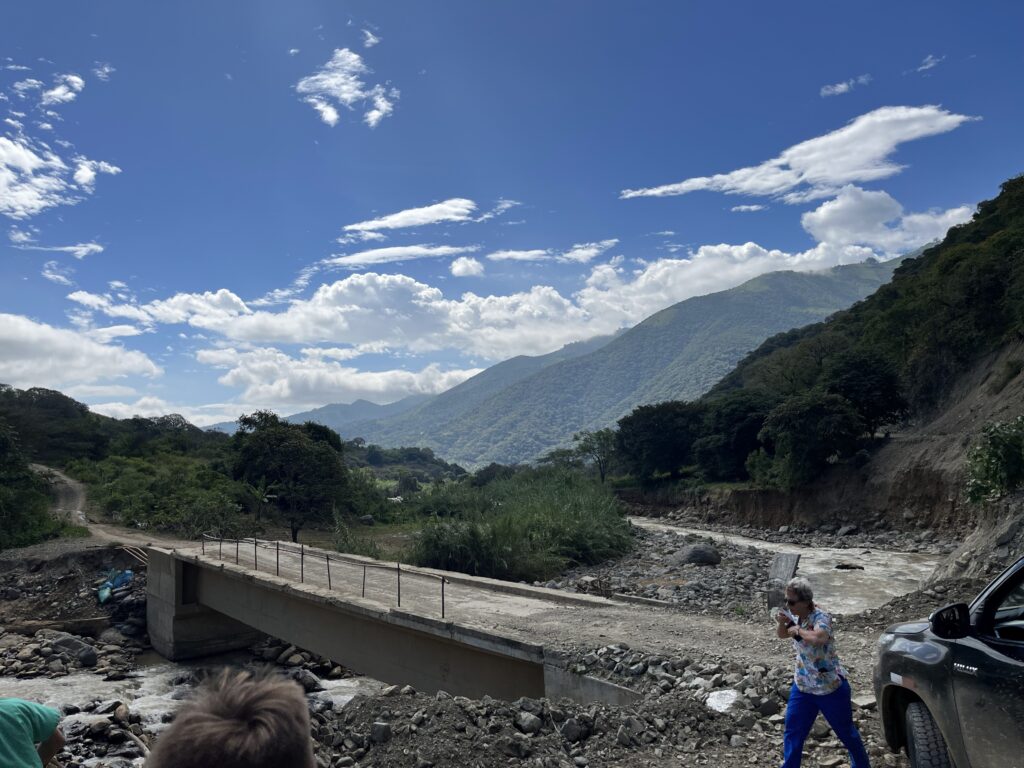
Over eight days, the team treated nearly 1,900 patients, including those seen by the sierra team that spent a week traveling with Sister Roxana, braving treacherous mountain roads to reach remote villages.
The mission is often a family affair. On the latest trip there were two husband-wife teams, two mother-daughter teams, and one family.
Brenna Durkin, from Springfield, Massachusetts, was the youngest volunteer, graduating from high school just days before leaving for Peru. She was there with her parents, both doctors, and sister who is planning to go to medical school. Brenna has been wanting to participate since she was 14 and just got her EMT certification. “I wanted to be able to help. I wanted to make an actual difference here.”
Her father, Dr. Louis Durkin, said he feels “very privileged” to be part of the mission. “I feel like I get more from these trips than I can possibly give back.”
For the volunteers, it can be hard to accept the fact there are so many people who can’t be helped: the women with late-stage cancers, a newborn baby who was beyond treatment, or those who simply weren’t among the lucky few to receive a ticket to see a doctor.
“Sometimes in our American culture, we think we can solve every problem. So that in itself is a real life-lesson for all of us,” Mary Jo said.
She got that lesson the first time she visited Haiti. Standing on the balcony late at night, “I actually talked out loud to God and said, ‘God, what am I supposed to do with this experience?’ That was 25 years ago. Now I know. I think I know.”
With travel suspended during the pandemic, the group launched a telemedicine program to provide continuing treatment for patients in Peru. And for the first time since 2019, a surgical team returned to Chulucanas in October, to treat hernias, cleft palates and other issues in the new state-of-the-art hospital. The team made up of 35 volunteers, performed over 100 surgeries.
Mary Jo’s team also sends volunteers to Guatemala and Jamaica, and while trips to Haiti have been suspended due to the security situation there, they are looking at expanding to work with migrants on the US-Mexico border.
The missions are now run by Global Health Ministry – part of Trinity Health, which has historic ties to the Sisters of Mercy – and works with local partners to fill the gaps in medical services for underserved communities.
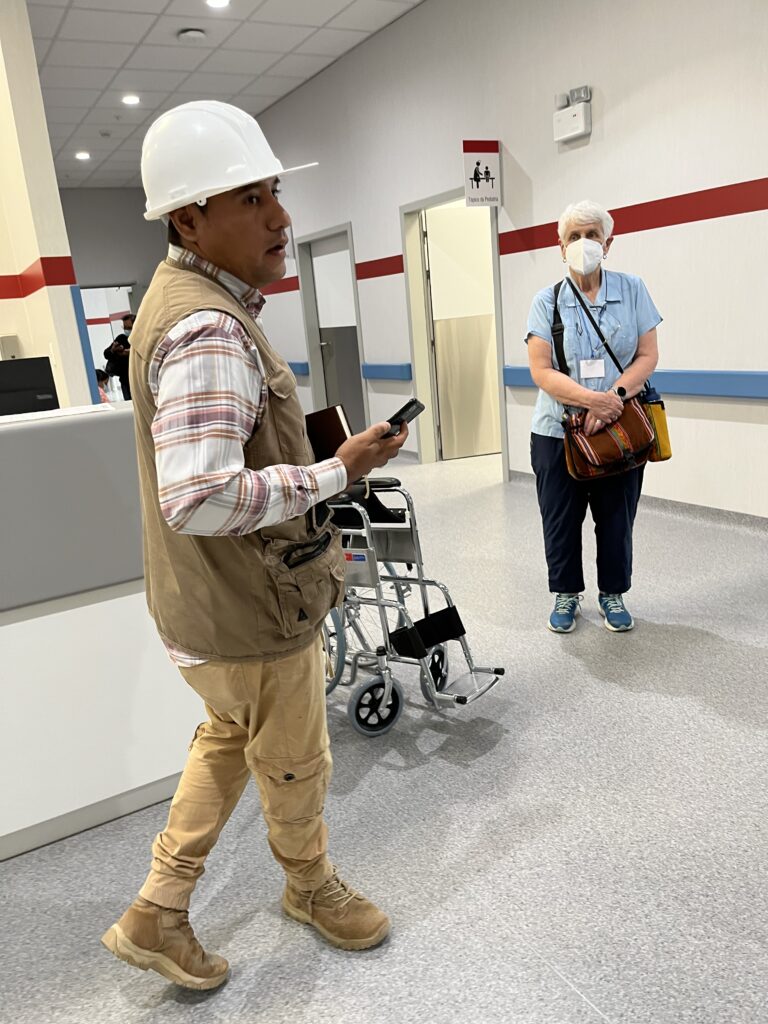
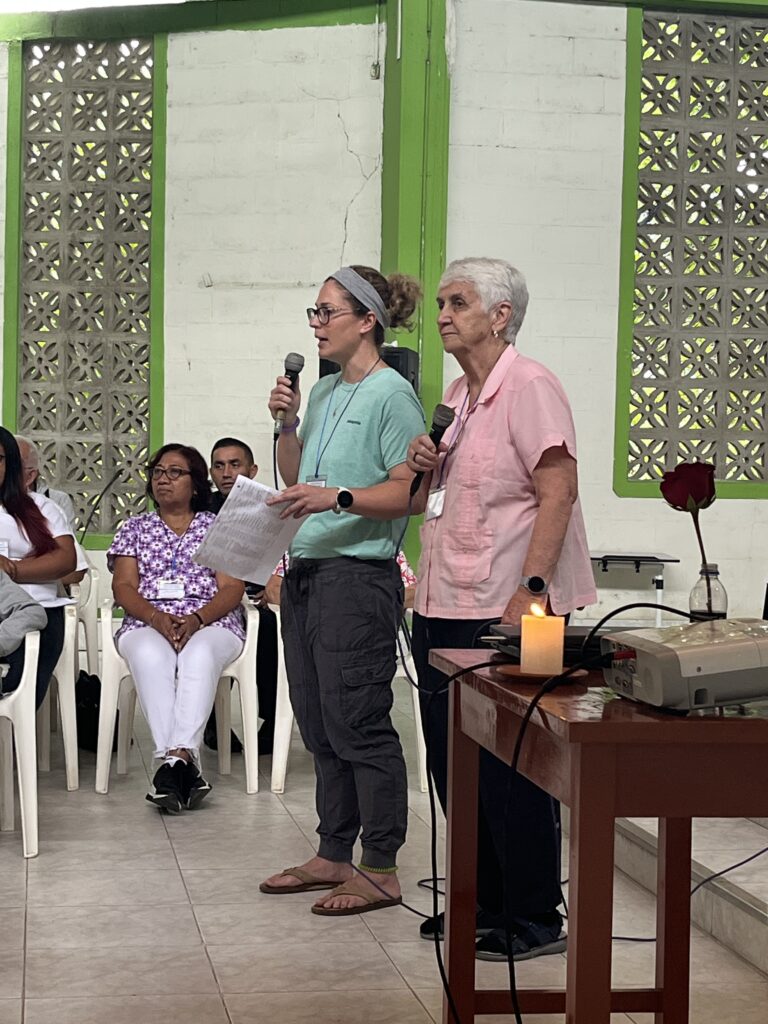
GHM program manager Marie Robson, team leader on the Peru trip, stressed the importance of the local providers and other in-country partners.
“I’ve made it my personal mission to make sure that we’re not doing any harm, like creating a parallel system to undermine the providers that are here,” she said.
Marie, a Mercy Associate who is a graduate of and former teacher at Merion Mercy Academy, came to GHM through Mary Jo. “The Sisters of Mercy and Chulucanas really changed the course of my life,” she said.
Despite the long history of the medical missions the sisters began, and the good they do, Mary Jo said, “our real goal is to not be needed anymore.”